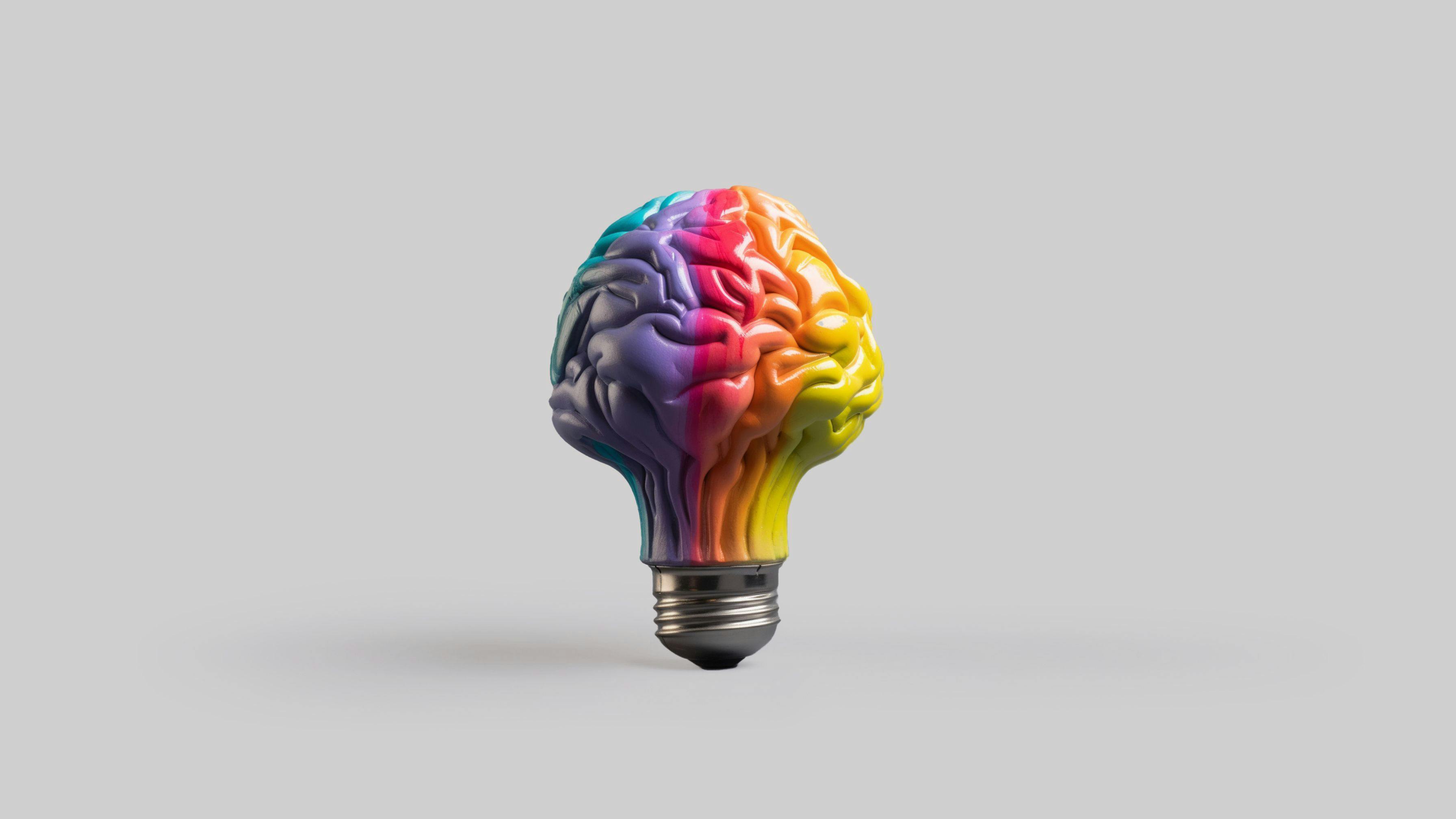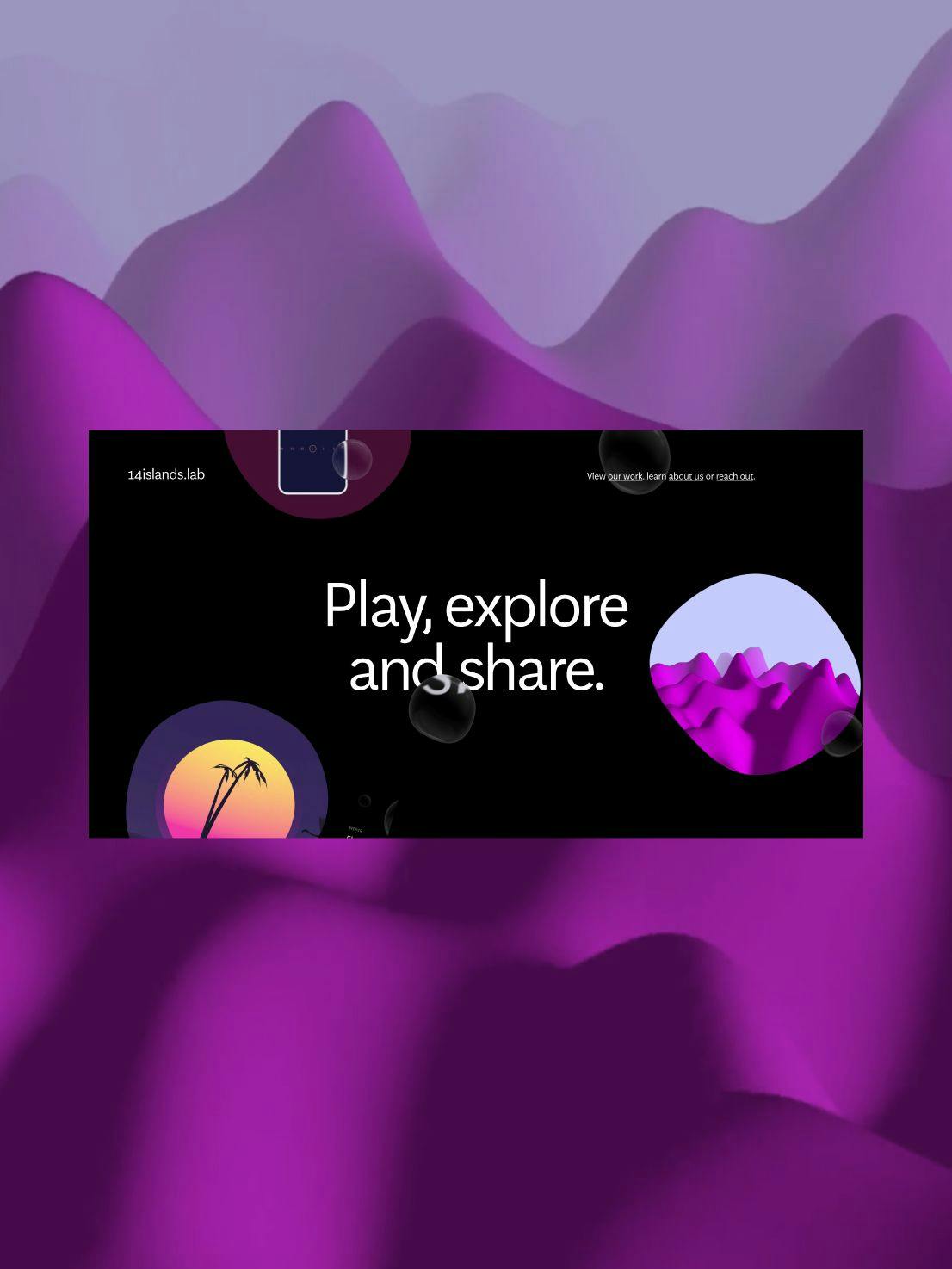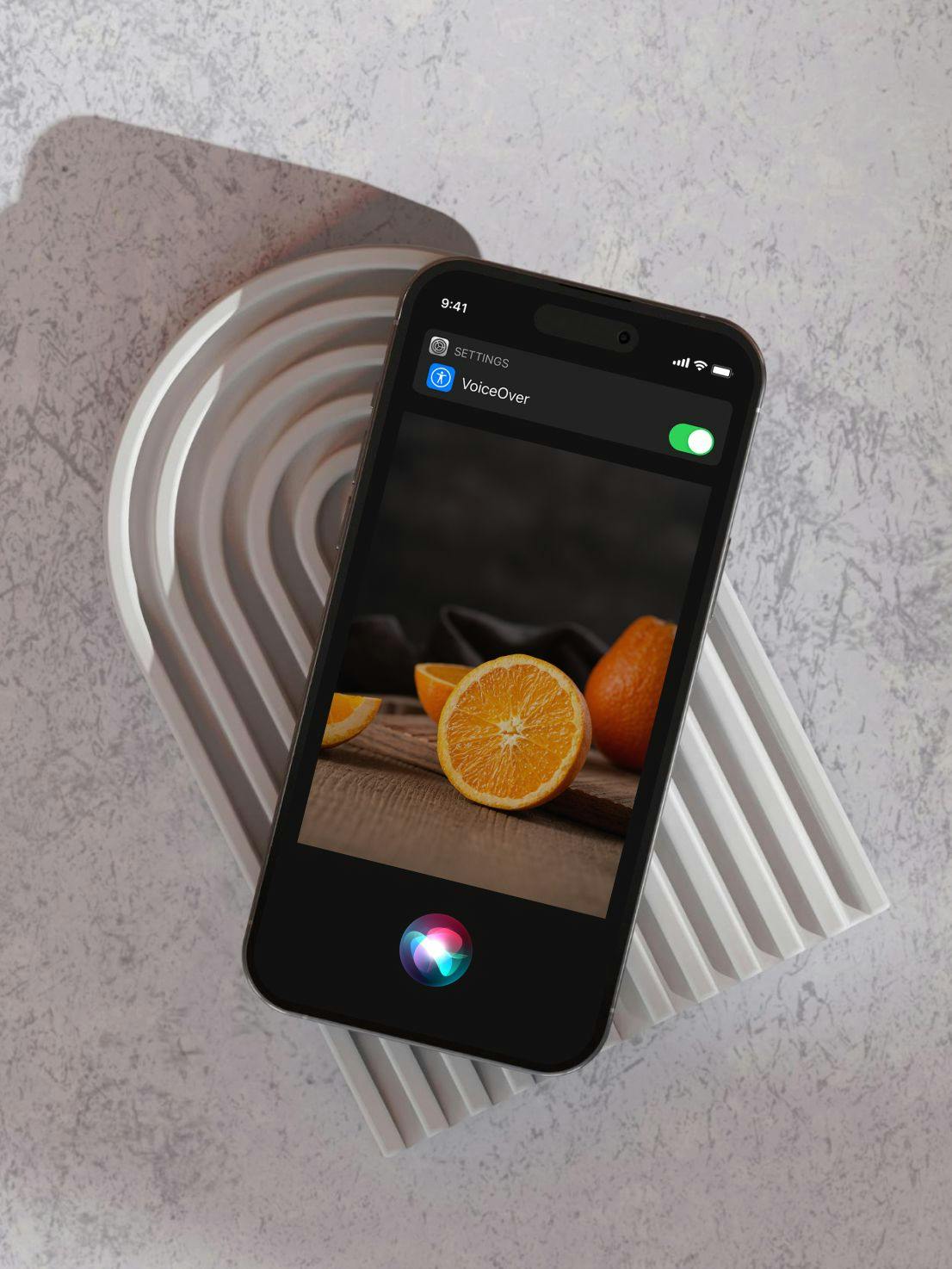This is about
Design
5 minutes
01 Oct 2020
This is about
Design
5 minutes
01 Oct 2020
Good design starts with an understanding of psychology

When it comes to design, we all have personal taste influenced by our culture, education, religion, where we are living, and what we’ve experienced in life.
That’s what we call subjectivity.
We also all have human instinct and with that the way we perceive and process the world around us, along with how we behave.
That’s what we call psychology. Psychology is objectively observable. It influences our perception of design and impacts the choices we make as users and customers. That’s why I think of it as science we should study before we ever design anything.
The evolution of design
When the internet was born, designers simply tried to make websites beautiful.
This is no longer true.
The value of design doesn’t have to be proven anymore in the digital industry, and it’s not because designers always make pretty visuals on the web. It’s because now, designers understand the impact of psychology and use it as a tool to create products that are more intuitive, coherent, and still lovable.
One thing I learned while working as a designer in Australia is that many digital agencies from “the old time” are now turning into consultancy agencies specializing in UX and conversion rate optimization. Why? Because testing teaches us how to anticipate and act on human behaviours.
Understanding motivation
When users feel a positive emotion just by looking at your product, it puts their brain in a relaxed state. They naturally feel confident with the product, understood and safe. This might seem obvious, but the important scientific takeaway is that a relaxed brain is more attentive and functions more efficiently. Within the context of digital design, this state enables your users to learn and handle your product more smoothly.
And by the way, every time users interact with your product or experience, they are subconsciously hoping it will satisfy the values below. They ask themselves if this product is:
- Usable
- Useful
- Desirable
- Findable
- Accessible
Credible
Psychological studies suggest that there are dozens of cognitive biases that help us navigate the world every day. If you understand them, you understand how they might affect the decision-making of your site’s visitors by creating a more effective user experience.
Here are a few:
1. Choice Paradox: Too much choice leads to indecision and frustration.
We recently worked with Proxy (https://14islands.com/proxy) to re-imagine how people manage access to their workplaces and buildings. One of our main UX challenges was to organize and display the actions users can take on a complex product system. So far, so good… except that we knew that every decision we made that failed to focus and simplify the product would be one more way that users would be burdened with, every single time. By guiding the users to one action at a time and by creating visual hierarchy with the call to action, we managed to bring the users into a simple funnel journey that would help them achieve their goals.
2. Afterlife Effect: We recycle more when shown what the product will become.
Research shows that convincing people to make the right environmental choices works better if it’s tangible. If we’re shown that recycling this bottle will become that hairbrush, we’re much more likely to do so. The design team at 14islands is currently working on a web app that will allow you to reduce your carbon footprint by accepting small challenges. This cognitive bias is a technique we use to motivate the users to take action.
3. Goal Gradient Effect: Our efforts increase as we move closer to a goal.
A 10-stamp coffee card pre-filled with 2 stamps will be completed faster than an 8-stamp card with no pre-stamps. Why? Because customers are motivated by feeling closer to a goal. When you design, don’t forget that helping customers to get started through the use of incentives will help them complete a task.
4. Speak-Easy Effect: Words that are easier to say are more trustworthy and valuable.
This bias comes from our natural desire to re-experience things we’re already familiar with. In a great study back in 1968, psychologist Robert Zajonc found that the more we experience something, the more likely we are to like it. It doesn’t mean you can’t innovate. It means you don’t always need to reinvent the wheel.
Design with psychology in mind, but don’t forget emotion
Now that we know the job of designer is not just putting colors in a block, there are many skills we can learn to get better at what we do. Should we learn to code? Write strategy? Understand business? Even though these are all valuable skills, I believe that every designer should first learn the basics of psychology.
Instead of forcing users to comply with the design of a product or experience, we can use principles of psychology for designing how they act and create more inherent, human-centered products and experiences.
People are both rational and emotional. So yes, we need to design for users, that’s now a given! But let’s not forget the emotion that goes with our design. Emotions play a massive role in our lives. They distinguish us from robots and computers. When it comes to digital products, many people want to interact with digital devices the same way they interact with other people. It’s no longer enough to create products with good usability; it’s equally important to spark positive emotions.
I’ll finish with this quote from American psychologist B.F. Skinner:
“We shouldn’t teach great books; we should teach a love of reading.”
— — —
Find out more with books and classics:
- The Paradox of Choice by Barry Schwartz : the book + Ted Talk
- The Design of Everyday Things by Donald A. Norman
Droplets
Droplets
Sign-up to get the latest insight from 14islands. We send a newsletter only once every quarter with inspirational links and creative news. It's short and sweet. You can unsubscribe it at any time.



